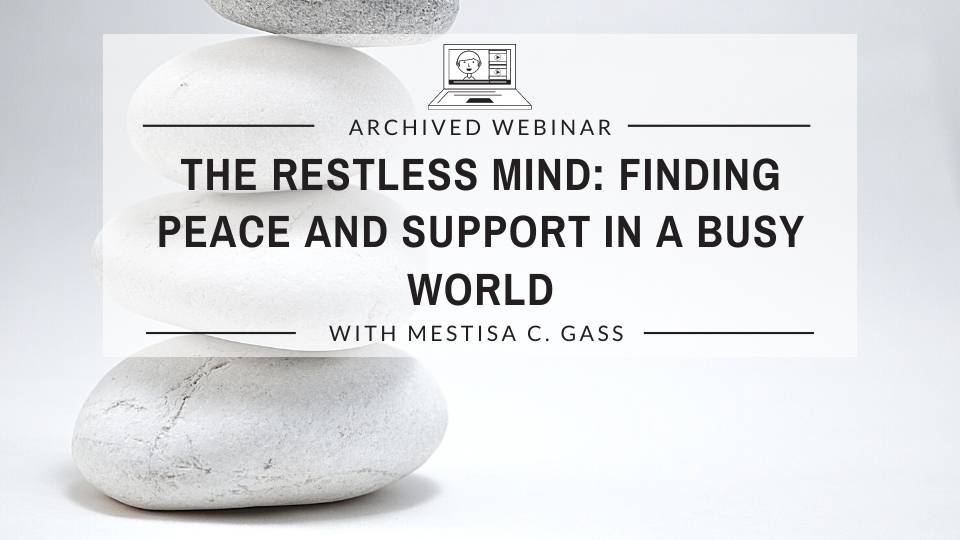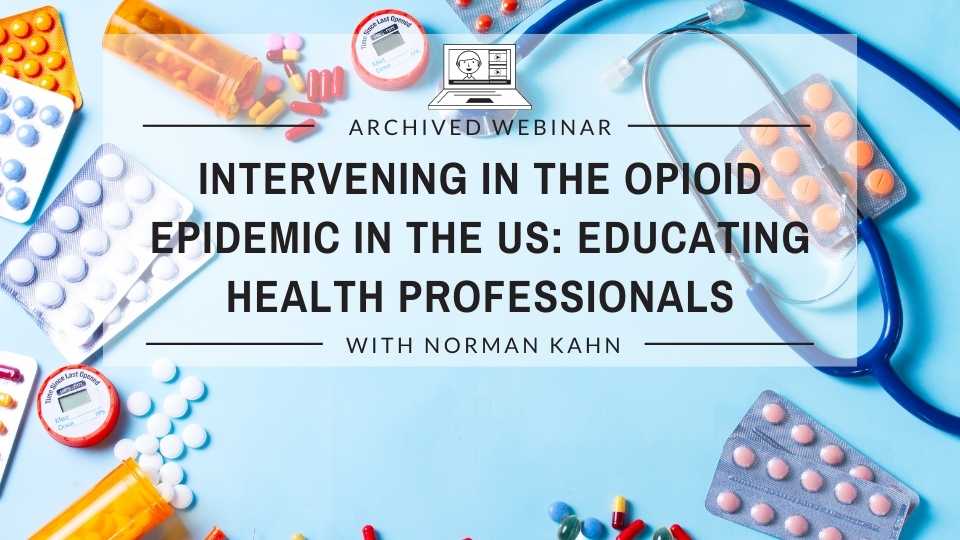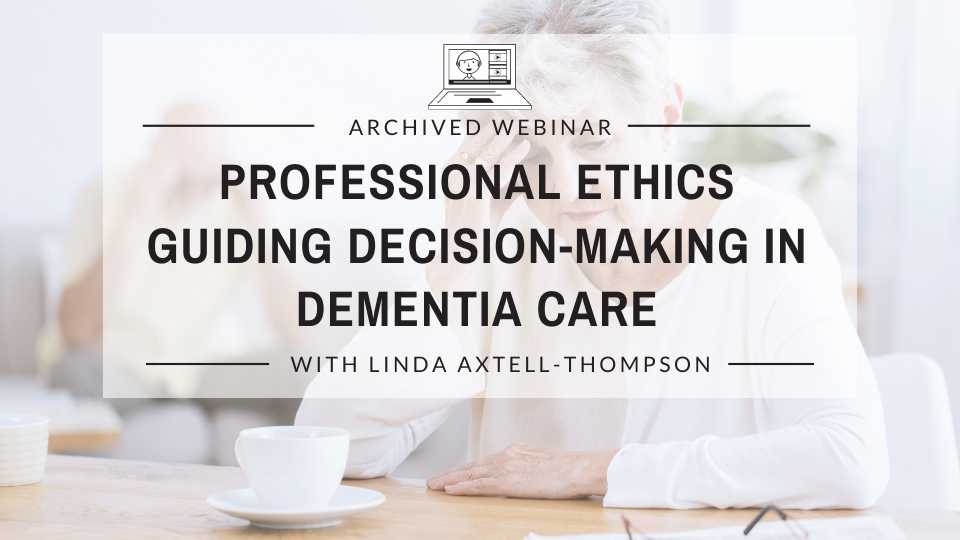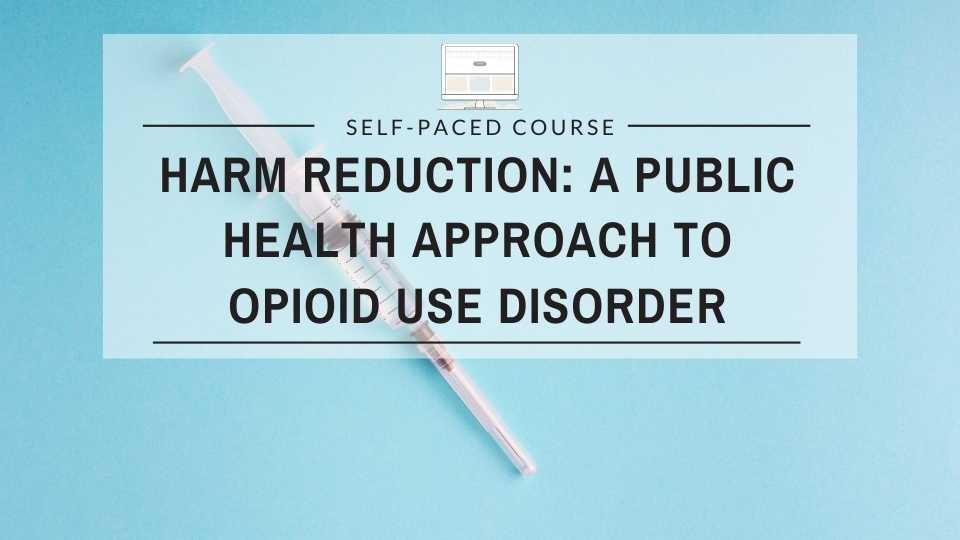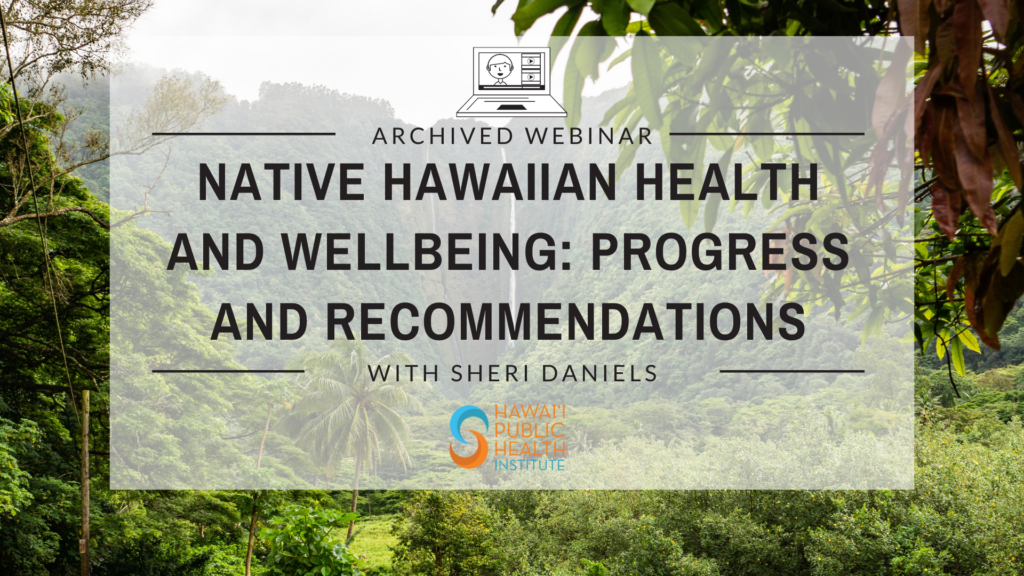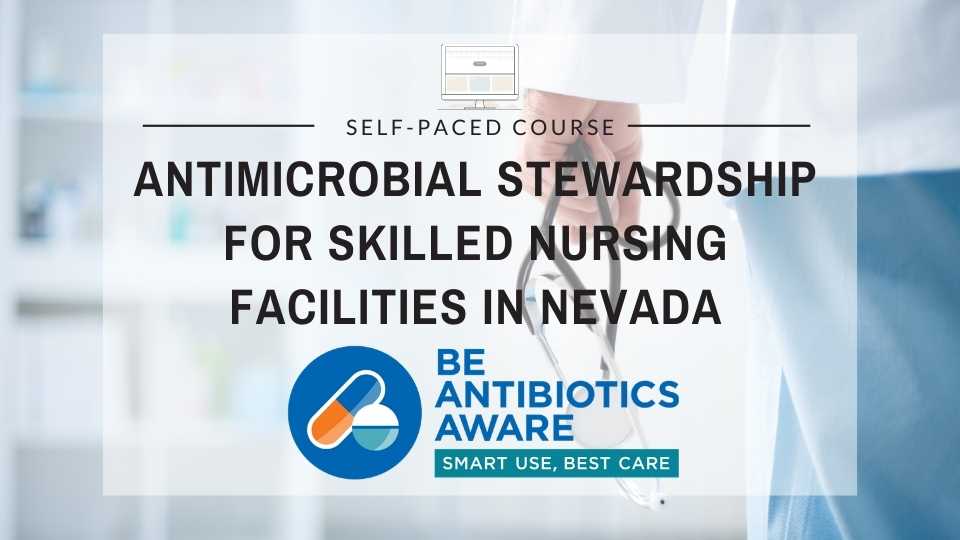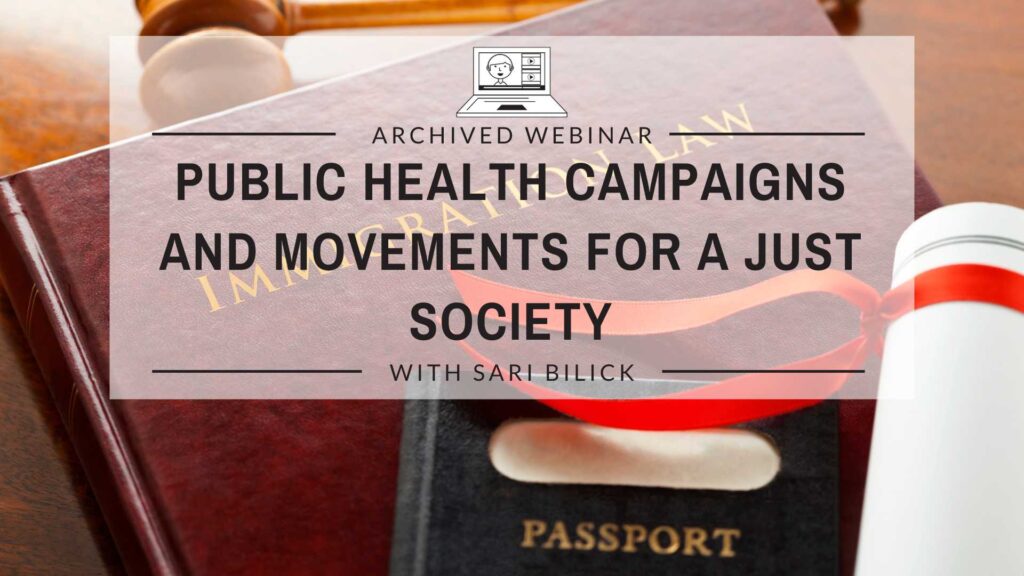Join Lisa O'Neill, DBH, Associate Director of Research and Education for the University of Arizona Center on Aging, to discuss health and safety issues, assessment tools, and treatment options related to Hoarding Disorder. Curriculum topics and facilitation tips learned from the HOPE Workshop, a 10-week facilitated workshop for people struggling with hoarding behaviors, will be identified.
Learning Outcomes:
- Discuss the psychological experience of acquiring and discarding material goods for individuals with Hoarding Disorder.
- Describe key health and safety issues related to a hoarding environment.
- Identify critical curriculum topics and facilitation tips for community-based workshops for adults struggling with hoarding behaviors.
Duration: ~ 1 hour
Continuing Education Information: 1.0 CECH for CHES
Created/Updated: July 23, 2019
Presenter(s): Lisa O'Neill, DBH




